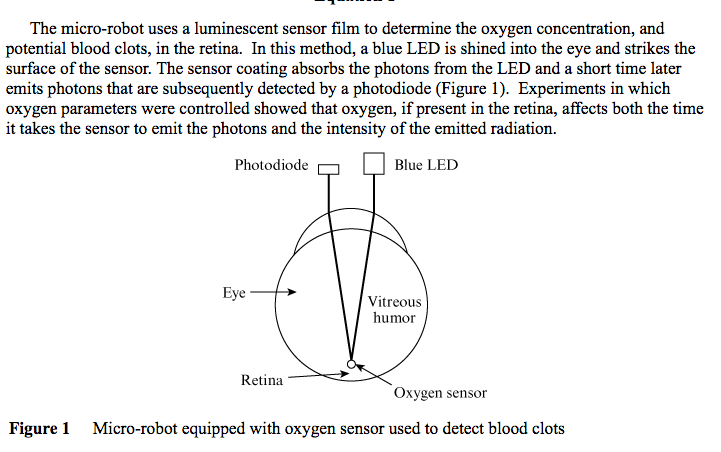- Joined
- Mar 16, 2017
- Messages
- 41
- Reaction score
- 22


So after reading over the passage again, I can see how D is a stronger answer than A, since it says that the oxygen levels affect the number of photons emitted. But just in general, can't the propagation speed/frequency of radiation affect the intensity? E = hf, so higher frequency means more energy per photon, which I would assume means higher intensity.
